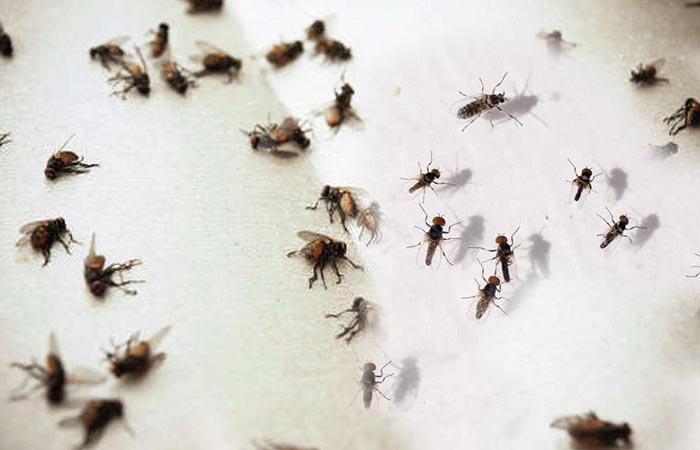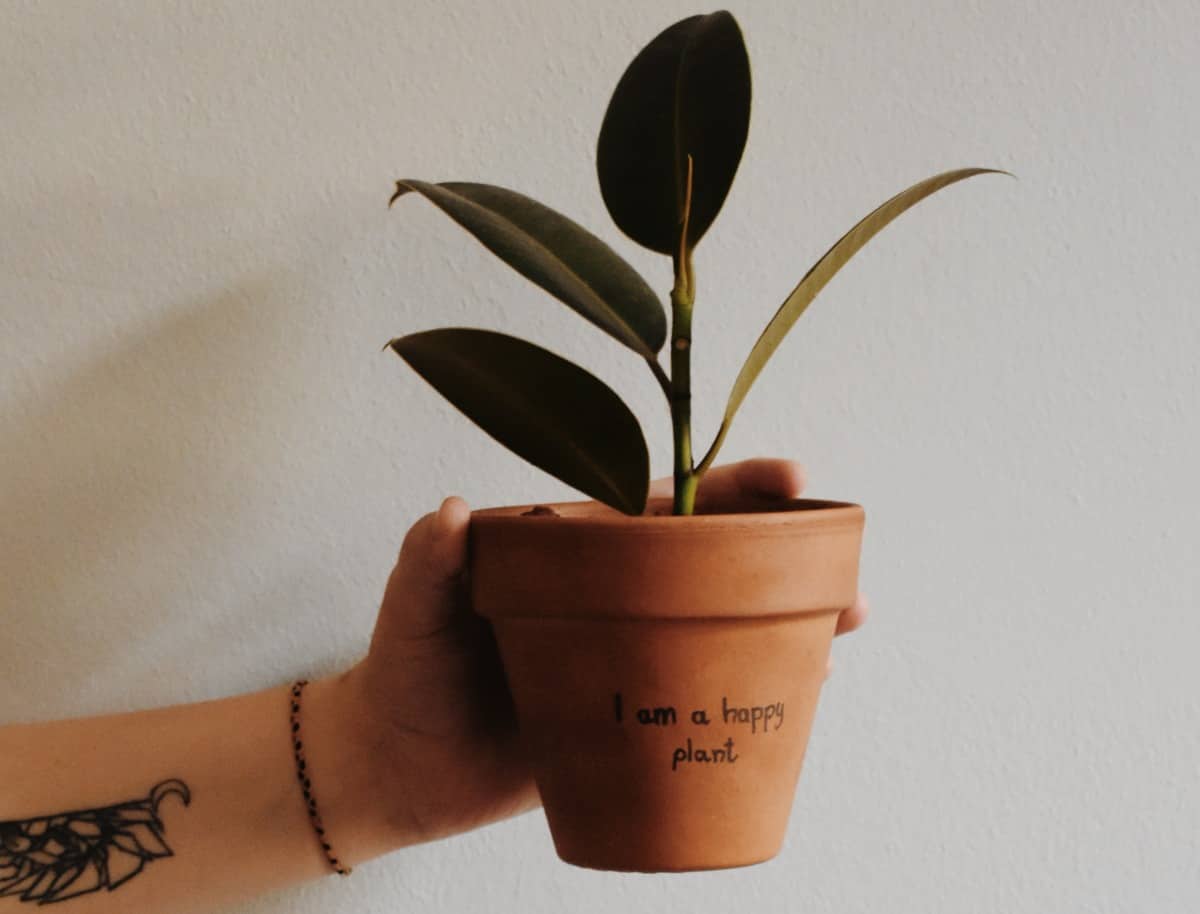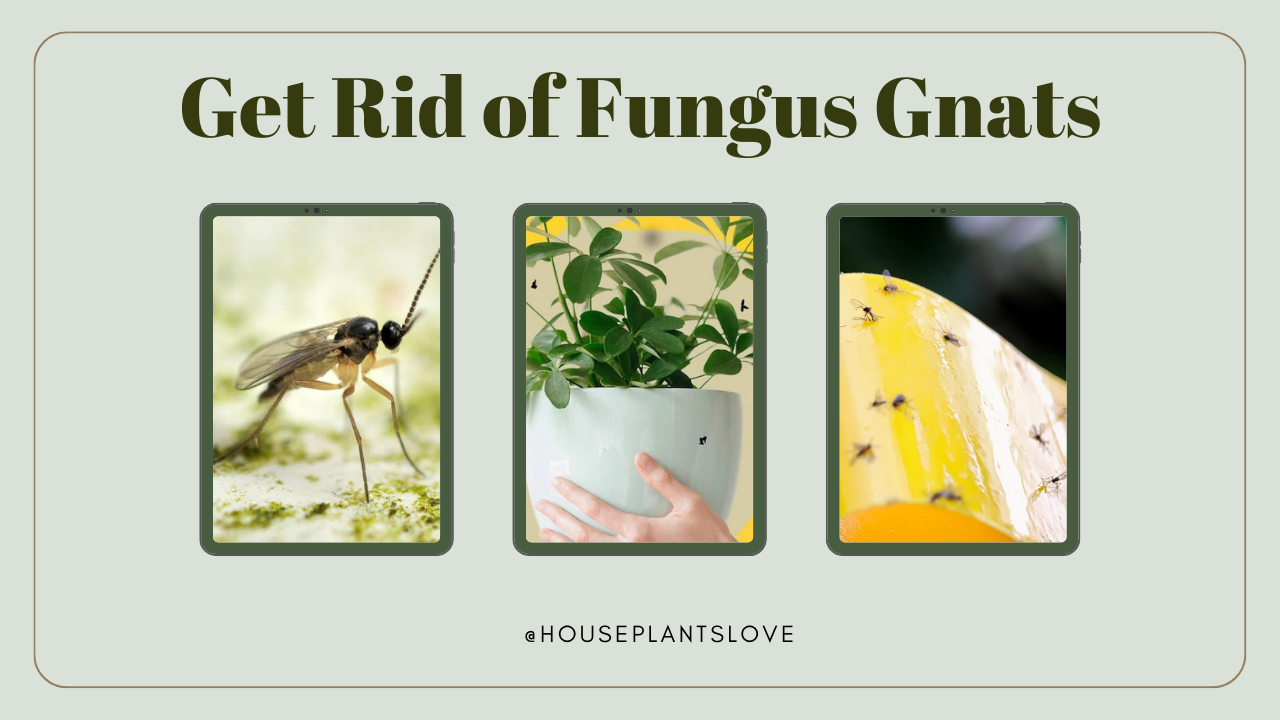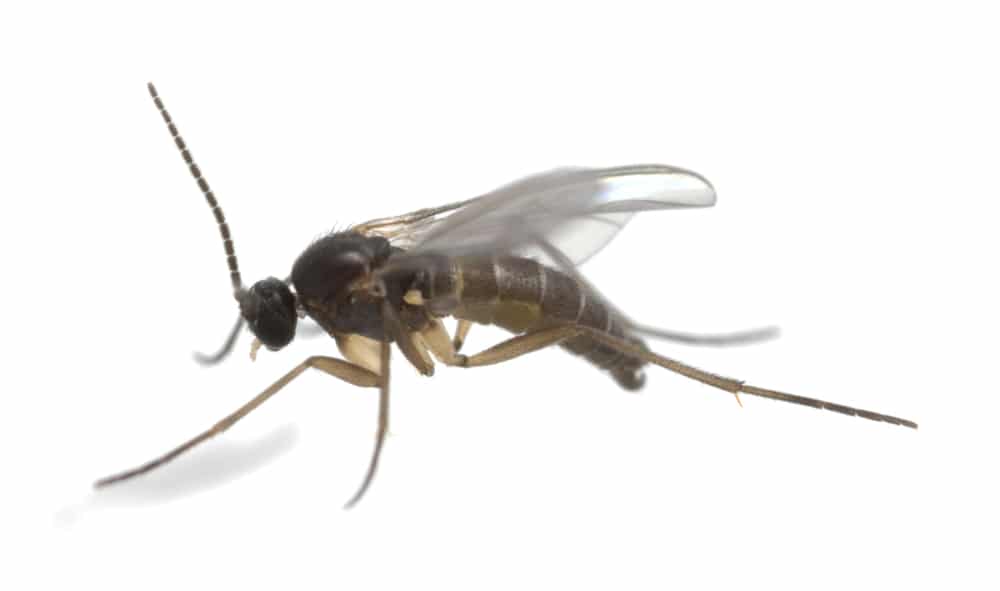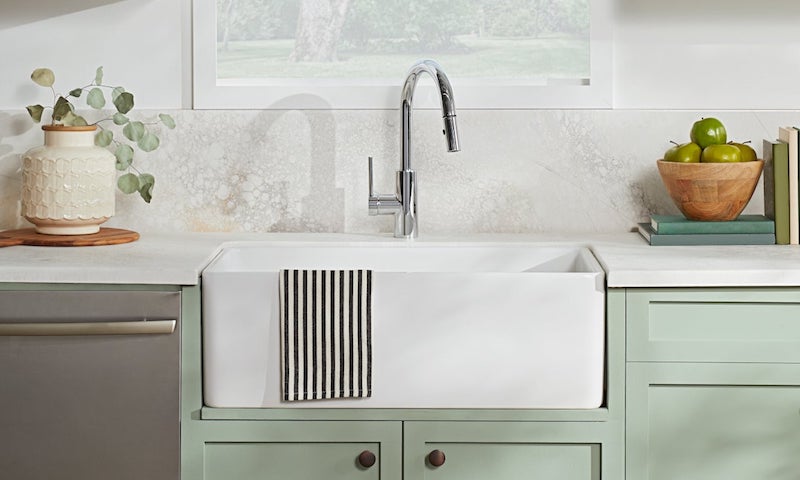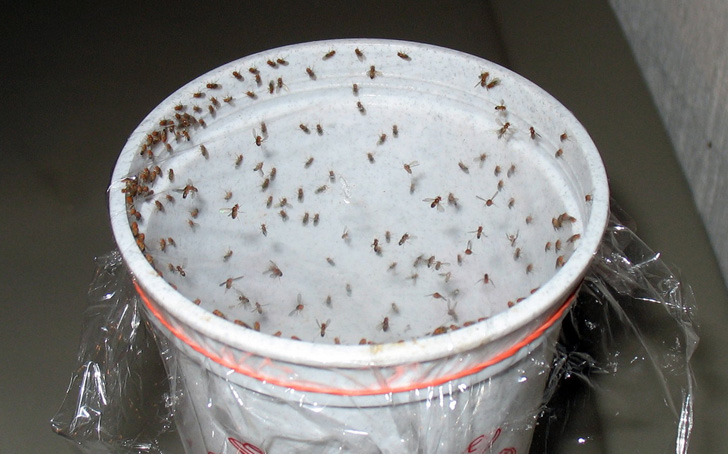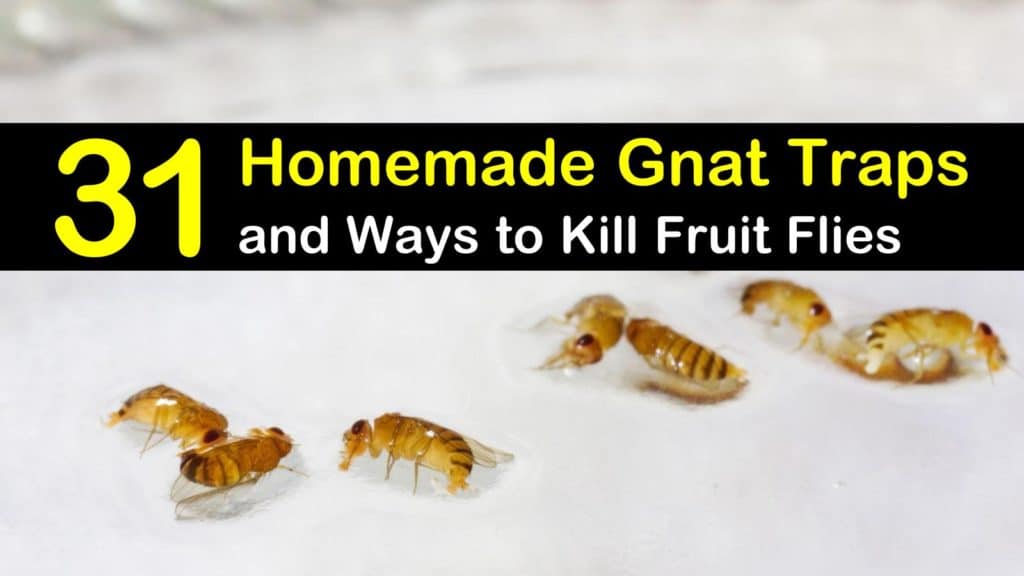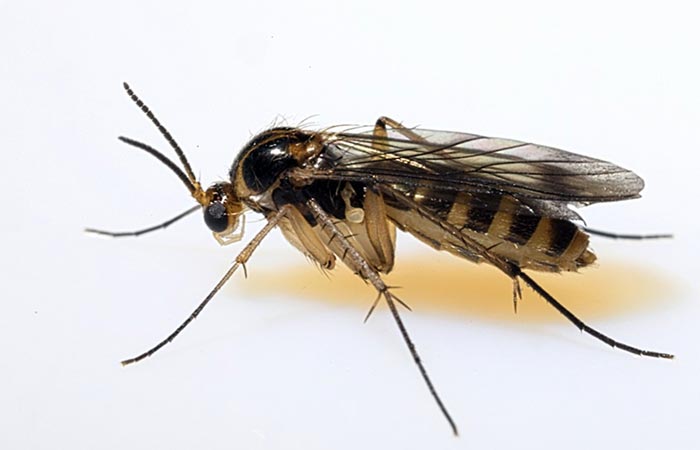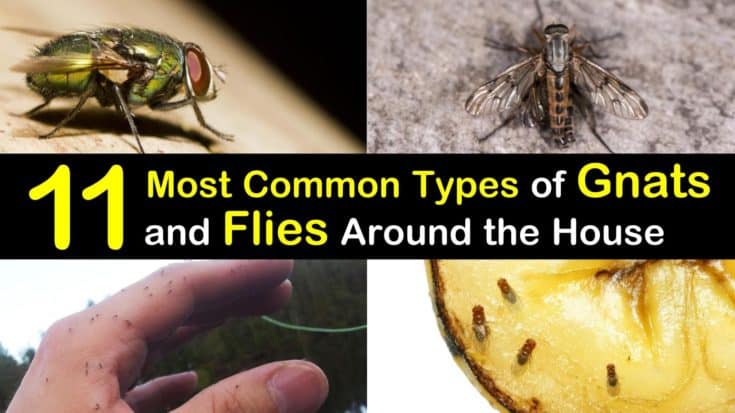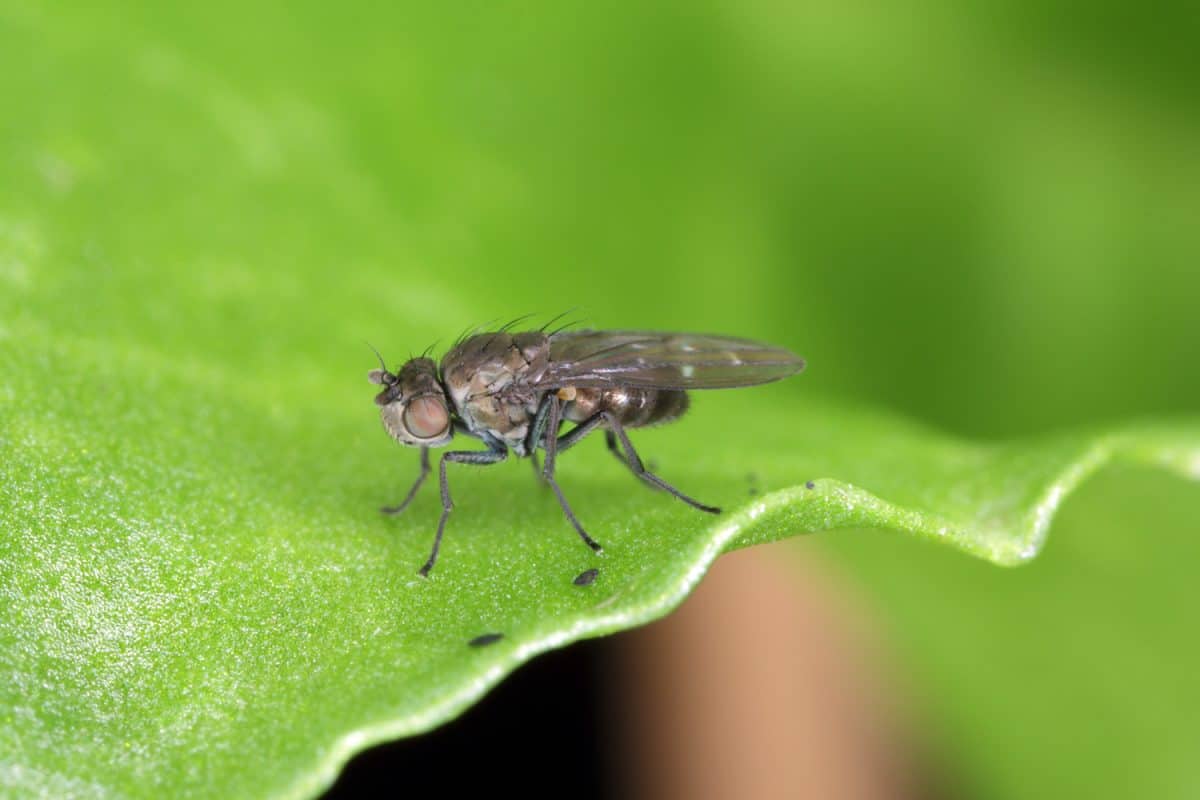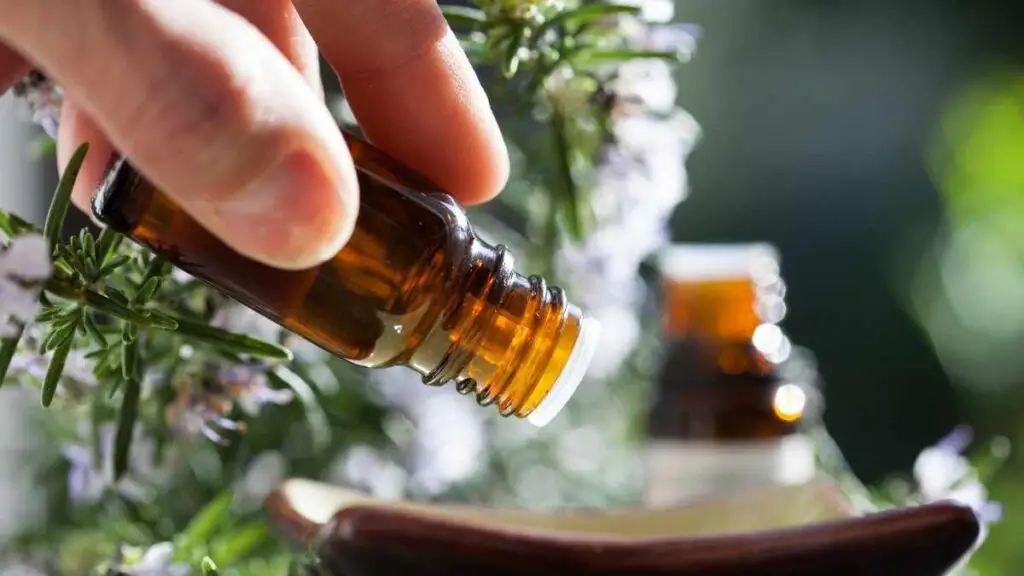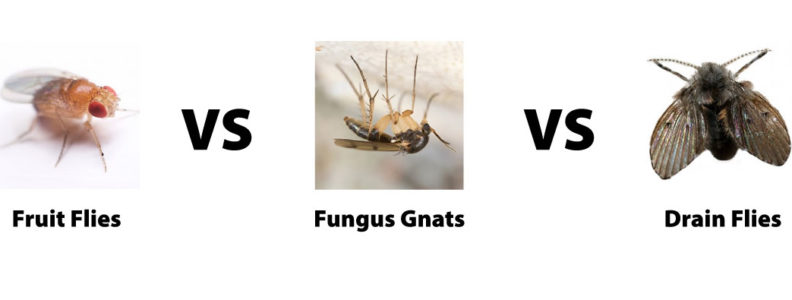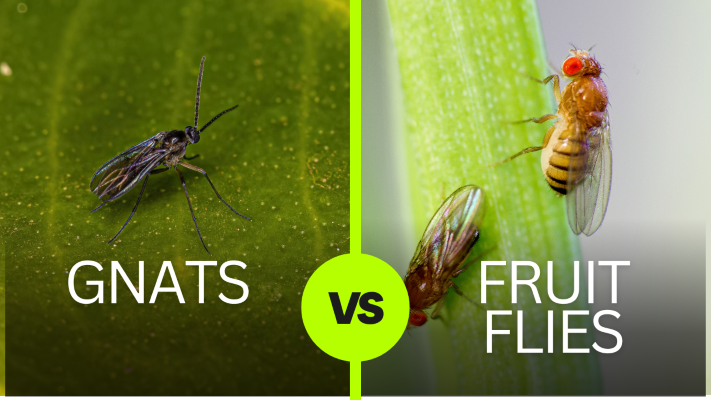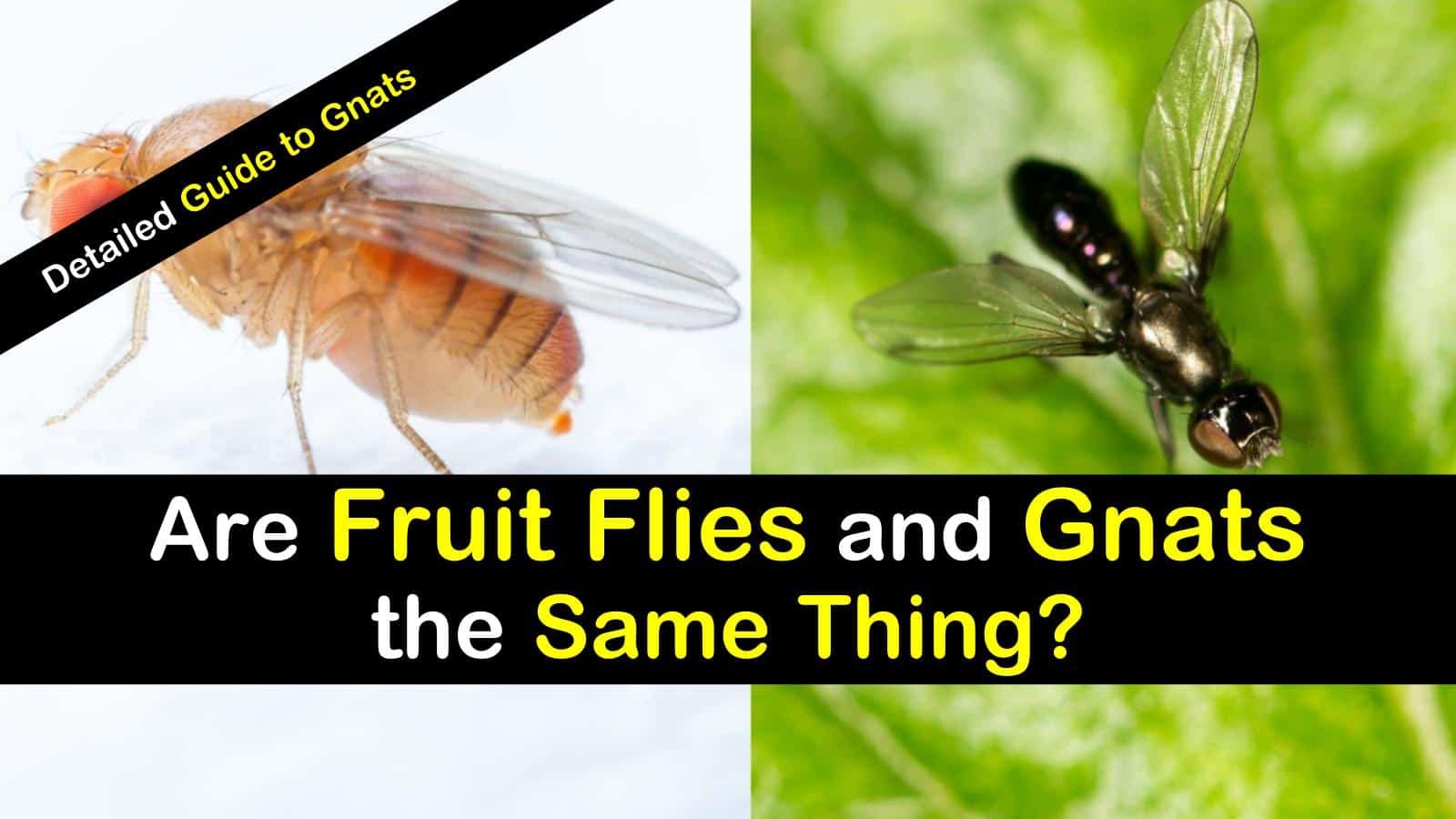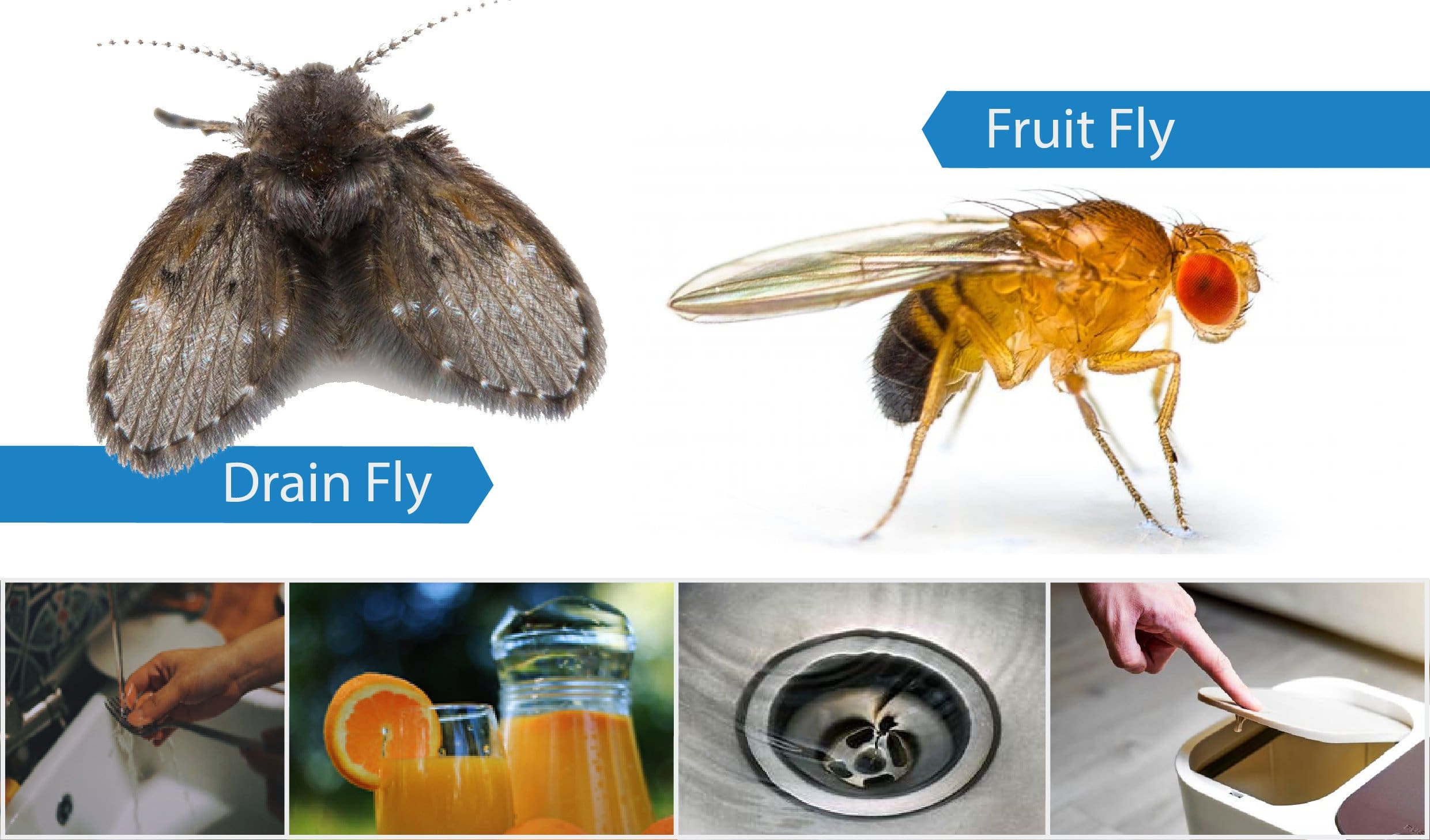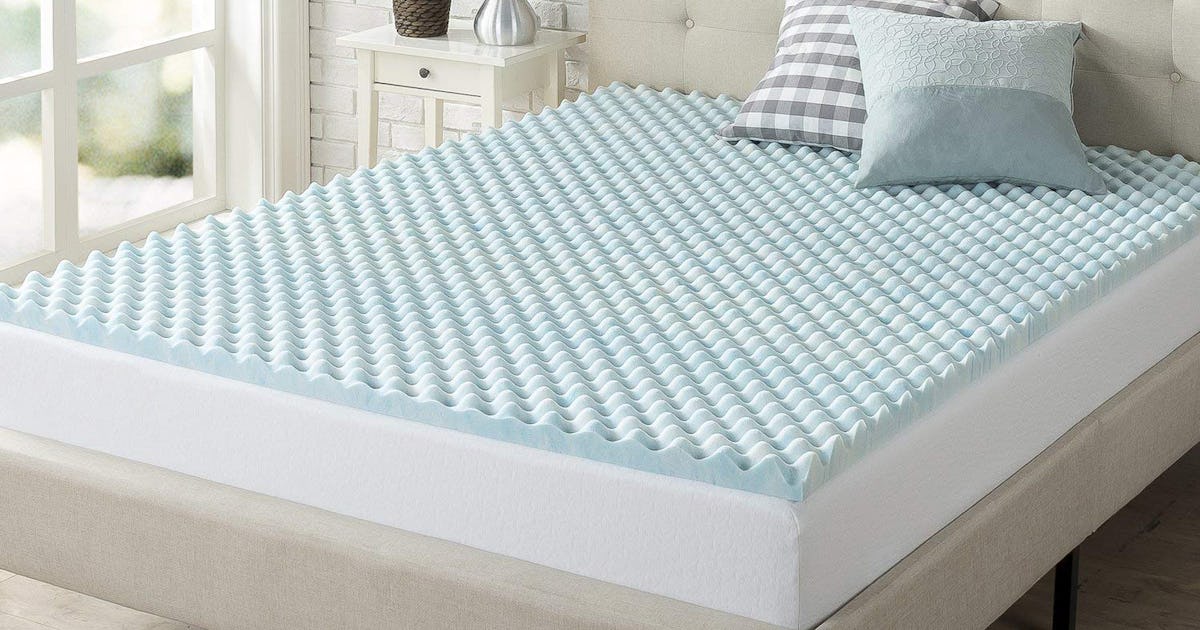Fungus gnats are small, flying insects that are commonly found in kitchens. These pesky bugs are attracted to moisture and organic matter, making your kitchen sink the perfect breeding ground for them. But don't worry, there are several effective ways to get rid of fungus gnats in your kitchen sink. If you notice fungus gnats flying around your sink, the first step is to remove any standing water or damp areas. This could be a leaky faucet or a wet sponge left in the sink. Fungus gnats lay their eggs in moist soil, so by eliminating these moist areas, you can prevent them from breeding in your kitchen sink. Next, make sure to clean your sink thoroughly. Use a mixture of hot water and dish soap to scrub the sink, paying special attention to the drain. This will help remove any organic matter that the gnats may be attracted to. Another natural way to get rid of fungus gnats in your kitchen sink is by using apple cider vinegar. Simply pour some apple cider vinegar into a small bowl or cup and add a few drops of dish soap. The vinegar will attract the gnats, and the dish soap will trap them. You can also add a few drops of lavender essential oil to the mixture, as gnats are repelled by the scent.1. How to Get Rid of Fungus Gnats in Your Kitchen Sink
If you prefer to use natural methods, there are a few other options you can try to eliminate fungus gnats in your kitchen sink. One is to sprinkle diatomaceous earth around the sink and drain. This substance is made from fossilized algae and is safe for humans and pets, but deadly for insects. It works by piercing the insects' exoskeletons, causing them to dehydrate and die. You can also use nematodes, which are microscopic worms that feed on fungus gnat larvae. These can be purchased at garden stores and are safe for use in and around your home. Simply mix them with water and pour the mixture down your sink drain. Another natural solution is to use neem oil, which is derived from the neem tree and has insecticidal properties. Mix a small amount of neem oil with water and spray it around your sink and drain. This will repel the gnats and prevent them from breeding.2. Natural Ways to Eliminate Fungus Gnats in Your Kitchen Sink
The best way to deal with fungus gnats in your kitchen sink is to prevent them from appearing in the first place. One way to do this is by regularly cleaning and drying your sink and keeping it free of any standing water or moist areas. You can also use a mesh drain cover to prevent gnats from entering your sink drain. This will also help prevent food scraps and debris from getting stuck in your drain, which can attract gnats. Another tip is to avoid over-watering your houseplants. Fungus gnats are often brought into homes through potted plants, so by keeping your plants on the drier side, you can reduce the risk of a gnat infestation in your kitchen sink.3. Preventing Fungus Gnats in Your Kitchen Sink
If you're dealing with a particularly stubborn gnat infestation in your kitchen sink, you may want to try making your own gnat trap. Here's how: 1. Cut a plastic water bottle in half and fill the bottom half with apple cider vinegar. 2. Place the top half of the bottle upside down into the bottom half, creating a funnel. 3. Tape the two halves of the bottle together. 4. Add a few drops of dish soap to the vinegar. 5. Place the trap near your kitchen sink and wait for the gnats to be drawn to the vinegar and get trapped in the funnel.4. DIY Fungus Gnat Trap for Your Kitchen Sink
Fungus gnats are attracted to moist environments and organic matter, which is why they tend to appear in kitchen sinks. Some common causes of fungus gnats in kitchen sinks include: - Leaky faucets or pipes that create standing water - Wet sponges or dishrags left in the sink - Food scraps or debris stuck in the drain - Over-watered houseplants placed near the sink By identifying and addressing these issues, you can prevent fungus gnats from appearing in your kitchen sink.5. Common Causes of Fungus Gnats in Kitchen Sinks
Regularly cleaning your kitchen sink is essential for keeping fungus gnats at bay. Here are some tips for cleaning your sink to get rid of these pesky insects: - Use hot water and dish soap to scrub the sink and drain - Make sure to clean any areas of standing water or moisture - Use a mixture of vinegar and baking soda to help remove any buildup or stains - Consider using a natural cleaner, such as white vinegar or lemon juice, to repel gnats By keeping your sink clean and dry, you can prevent fungus gnats from being attracted to it and breeding in your kitchen.6. How to Clean Your Kitchen Sink to Get Rid of Fungus Gnats
Essential oils are known for their many uses, including repelling insects. Here are some essential oils that can help repel fungus gnats in your kitchen sink: - Peppermint oil is a natural insect repellent and can be mixed with water and sprayed around your sink and drain. - Tea tree oil has antimicrobial properties and can help prevent fungus gnats from breeding in your sink. - Citronella oil is commonly used as a mosquito repellent, but it can also repel gnats when mixed with water and sprayed around your sink. - Lemongrass oil has a strong scent that can deter gnats and other insects from your kitchen sink.7. Using Essential Oils to Repel Fungus Gnats in Your Kitchen Sink
If you notice fungus gnats flying around your kitchen sink, it's possible that they are breeding in your sink drain. To get rid of them, you'll need to identify and treat the source of the infestation. To check if the gnats are coming from your drain, place a piece of tape over the drain at night. If you wake up to find gnats stuck to the tape, then you know they are coming from your drain. To treat the drain, use a mixture of white vinegar and baking soda to help remove any buildup and kill the gnats.8. Identifying and Treating Fungus Gnats in Your Kitchen Sink Drain
Fungus gnats and fruit flies are often mistaken for each other, but they are two different types of insects. Here's how you can tell them apart: - Appearance: Fungus gnats are small and black with long legs and wings, while fruit flies are tan or brown and have a rounder body. - Breeding habits: Fungus gnats lay their eggs in moist soil, while fruit flies lay their eggs in ripe or rotting fruit. - Attracted to: Fungus gnats are attracted to moisture and organic matter, while fruit flies are attracted to sugary and fermenting substances. - Treatment: Fungus gnats can be eliminated by removing sources of moisture and using natural remedies, while fruit flies are best controlled by removing any ripe or rotting fruit and using a vinegar trap.9. Fungus Gnats vs Fruit Flies: What's the Difference?
The best way to deal with fungus gnats in your kitchen sink is to prevent them from breeding in the first place. Here are some tips for preventing fungus gnats from taking up residence in your sink: - Keep your sink clean and dry - Fix any leaks or sources of standing water - Do not over-water your houseplants - Use a mesh drain cover to prevent gnats from entering your drain - Regularly clean and disinfect your sink and drain By following these preventative measures, you can keep your kitchen sink free of fungus gnats and other pesky insects.10. How to Prevent Fungus Gnats from Breeding in Your Kitchen Sink
Fungus Gnats: The Unwelcome Visitors in Your Kitchen Sink
Understanding the Threat of Fungus Gnats
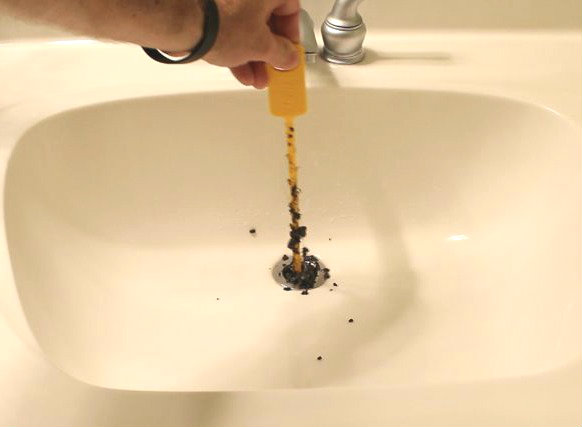 Fungus gnats, also known as sciarid flies, are small, dark-colored insects that are commonly found in damp and humid environments. They are often mistaken for fruit flies, but unlike fruit flies, they are primarily attracted to decaying organic matter and moisture. These pesky insects are commonly found in household plants, but they can also infest your kitchen sink, making them a nuisance for homeowners.
Fungus gnats, also known as sciarid flies, are small, dark-colored insects that are commonly found in damp and humid environments. They are often mistaken for fruit flies, but unlike fruit flies, they are primarily attracted to decaying organic matter and moisture. These pesky insects are commonly found in household plants, but they can also infest your kitchen sink, making them a nuisance for homeowners.
The Danger of Fungus Gnats in Your Kitchen Sink
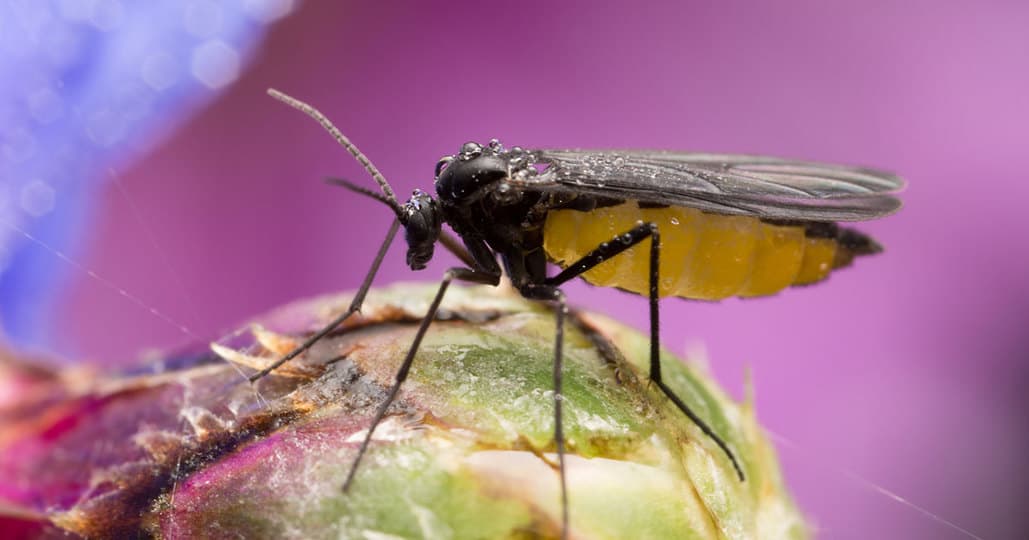 While fungus gnats may seem harmless, they can actually pose a threat to your home and family. These insects can carry and spread bacteria and diseases, making them a potential health hazard. They can contaminate your food and surfaces, and their presence in your kitchen sink can also attract other pests, such as cockroaches and ants.
While fungus gnats may seem harmless, they can actually pose a threat to your home and family. These insects can carry and spread bacteria and diseases, making them a potential health hazard. They can contaminate your food and surfaces, and their presence in your kitchen sink can also attract other pests, such as cockroaches and ants.
Causes of Fungus Gnats in Your Kitchen Sink
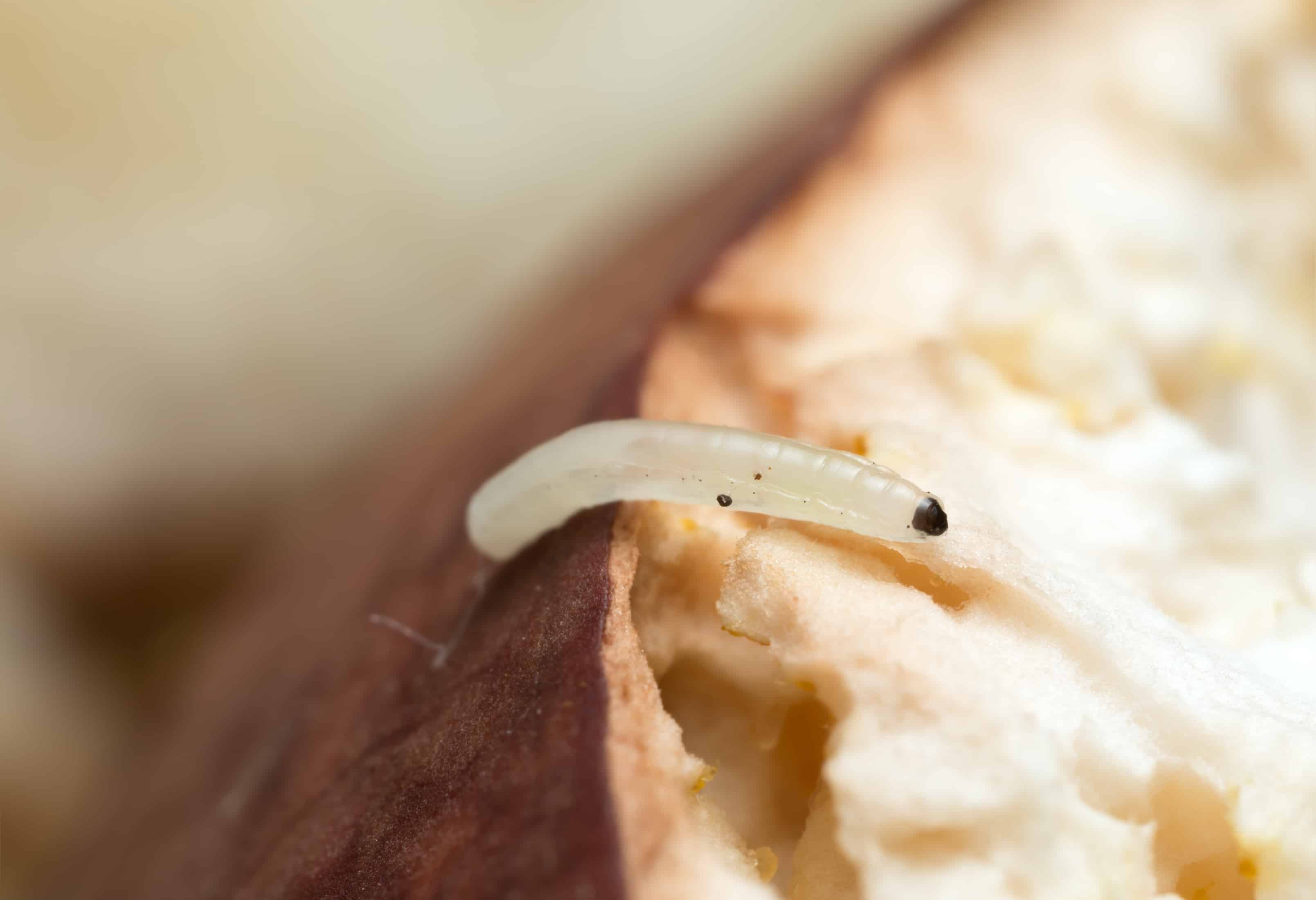 Fungus gnats are attracted to moisture and organic matter, making your kitchen sink the perfect breeding ground for them. This can be caused by leaky pipes, clogged drains, or leftover food and debris in the sink. Overwatering your plants can also create a damp environment that attracts these pests.
Fungus gnats are attracted to moisture and organic matter, making your kitchen sink the perfect breeding ground for them. This can be caused by leaky pipes, clogged drains, or leftover food and debris in the sink. Overwatering your plants can also create a damp environment that attracts these pests.
Preventing and Eliminating Fungus Gnats in Your Kitchen Sink
 To prevent and eliminate fungus gnats in your kitchen sink, it is important to address the root causes. Fix any leaks or clogs in your pipes and regularly clean your sink to remove any food particles or debris. You can also try using natural remedies, such as apple cider vinegar traps or neem oil, to get rid of these pests. Additionally, make sure to properly water your plants and allow the soil to dry out between waterings to discourage fungus gnat infestations.
Fungus gnats may seem like a minor inconvenience, but their presence in your kitchen sink can lead to bigger problems. By understanding the causes and taking preventative measures, you can keep these unwelcome visitors out of your home and maintain a clean and healthy kitchen.
To prevent and eliminate fungus gnats in your kitchen sink, it is important to address the root causes. Fix any leaks or clogs in your pipes and regularly clean your sink to remove any food particles or debris. You can also try using natural remedies, such as apple cider vinegar traps or neem oil, to get rid of these pests. Additionally, make sure to properly water your plants and allow the soil to dry out between waterings to discourage fungus gnat infestations.
Fungus gnats may seem like a minor inconvenience, but their presence in your kitchen sink can lead to bigger problems. By understanding the causes and taking preventative measures, you can keep these unwelcome visitors out of your home and maintain a clean and healthy kitchen.




